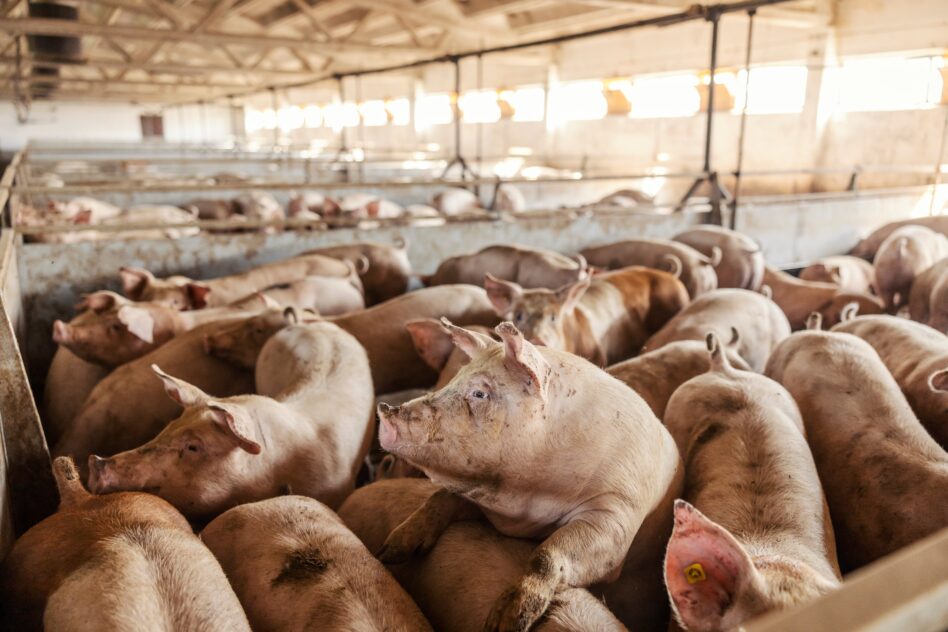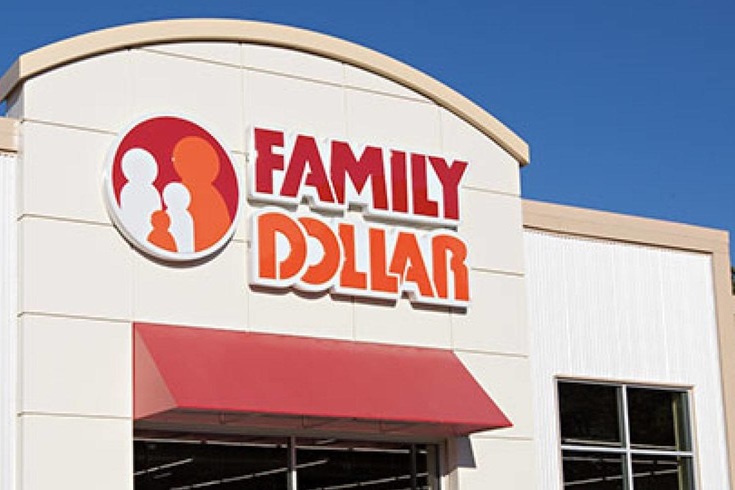
Despite this, customers are yet to see lower prices
After years of growth in an industry worth over $50 billion today, U.S. pork is now experiencing an oversupply thanks to factors such as rising costs, new regulations, and a decline in demand from consumers.
However, even with an overabundance of pork, there has yet to be a lowering of price on supermarket shelves. All across the United States, pig farmers are experiencing the worst rates in decades, with some even being forced out of the industry as a result.
It has been confirmed by several Meatpacking operations, that profits are dwindling and causing some companies to scramble to scale down and reorganize their operations. A considerable amount of pressure is being felt by almost the entire industry, including wholesalers, with no end to the problem in sight.
According to farmers in Iowa, America’s largest producer of pork, farms are losing as much as $30 to $40 on every pig and in some instances haven’t been able to turn a profit in 2023. All plans for any farming expansion plans have been put on hold for the foreseeable future.
Plans are expected to shrink further over the next year as hog farms with as many as 4,000 breeding pigs won’t be renewing their supply deal with meatpacking distributors and may have to half the size of their operations over the next 12 months. Hog farmers in America had their worst financial Q1 start this year in over 20 years. In 2020, U.S. pork exports reached a record high of over 7 billion dollars. In 2022 though, these figures fell by more than 10% and are continuing to follow this downward trend.
With less pork being bought overseas, and demand at home in the U.S. stagnating, the sales figures of domestic pork were slightly down almost every week since last April. As a result, the value of wholesale pork has now dropped below $1.50 per pound. Industry experts claim that retail pork value, which remains roughly $5 a pound despite the decline, is too expensive to entice a majority of customers to purchase it. Retail prices are expected to start lowering over the upcoming weeks and months, and this might be the catalyst to make shoppers turn back to pork in favor of beef.
Pandemic food-stamp benefits ending at the beginning of the year is another factor for less purchasing of pork, experts say. China’s WH Group, which owns Smithfield Foods, one of the largest meat operations in America, revealed a loss of almost $220 million for the first three months of this year. This is a stark contrast from a year earlier when they reported an annual profit of around $50 million.
This downward trend is happening throughout the entire industry. JBS revealed an 80% drop in its latest quarterly earnings report, while Tyson Foods also indicated a 9% drop to $1.4 billion for the first quarter of this year. Tyson Foods are now assessing whether to own more of the pigs in its supply chains, in favor of buying the bulk of them from farmers on the open market. Both JBS and Smithfield Foods claim to own as much as half of the pigs in their supply chains.
To complicate matters further, the pork industry is also battling a recent Supreme Court ruling to enforce a California law to improve animal welfare conditions for pork sold within the state. According to this law, known as Proposition 12, at least 24 square feet of space is required per pig, which is around 10 square feet greater than the industry standard at present. This could cost farmers as much as $9 million to upgrade their facilities in order to be in accordance with the new law. Compliance costs related to Proposition 12 as well as the other issues facing the market, will most likely drive some smaller-scale farms completely out of business. Prestage Farms in Iowa, which both raises pigs and operates a pork-processing plant, plans to decrease its supply of sows over the next several years by around 10%, to adhere to the changes required by Proposition 12. Even though Prestage Farms has openly disagreed with the law, it sees how it could help resolve the oversupply problem in the pork industry.
As a motto for both the pork industry and life in general, if everybody cut back just a little, it would ultimately be a good thing for all involved.

Despite this, customers are yet to see lower prices
After years of growth in an industry worth over $50 billion today, U.S. pork is now experiencing an oversupply thanks to factors such as rising costs, new regulations, and a decline in demand from consumers.
However, even with an overabundance of pork, there has yet to be a lowering of price on supermarket shelves. All across the United States, pig farmers are experiencing the worst rates in decades, with some even being forced out of the industry as a result.
It has been confirmed by several Meatpacking operations, that profits are dwindling and causing some companies to scramble to scale down and reorganize their operations. A considerable amount of pressure is being felt by almost the entire industry, including wholesalers, with no end to the problem in sight.
According to farmers in Iowa, America’s largest producer of pork, farms are losing as much as $30 to $40 on every pig and in some instances haven’t been able to turn a profit in 2023. All plans for any farming expansion plans have been put on hold for the foreseeable future.
Plans are expected to shrink further over the next year as hog farms with as many as 4,000 breeding pigs won’t be renewing their supply deal with meatpacking distributors and may have to half the size of their operations over the next 12 months. Hog farmers in America had their worst financial Q1 start this year in over 20 years. In 2020, U.S. pork exports reached a record high of over 7 billion dollars. In 2022 though, these figures fell by more than 10% and are continuing to follow this downward trend.
With less pork being bought overseas, and demand at home in the U.S. stagnating, the sales figures of domestic pork were slightly down almost every week since last April. As a result, the value of wholesale pork has now dropped below $1.50 per pound. Industry experts claim that retail pork value, which remains roughly $5 a pound despite the decline, is too expensive to entice a majority of customers to purchase it. Retail prices are expected to start lowering over the upcoming weeks and months, and this might be the catalyst to make shoppers turn back to pork in favor of beef.
Pandemic food-stamp benefits ending at the beginning of the year is another factor for less purchasing of pork, experts say. China’s WH Group, which owns Smithfield Foods, one of the largest meat operations in America, revealed a loss of almost $220 million for the first three months of this year. This is a stark contrast from a year earlier when they reported an annual profit of around $50 million.
This downward trend is happening throughout the entire industry. JBS revealed an 80% drop in its latest quarterly earnings report, while Tyson Foods also indicated a 9% drop to $1.4 billion for the first quarter of this year. Tyson Foods are now assessing whether to own more of the pigs in its supply chains, in favor of buying the bulk of them from farmers on the open market. Both JBS and Smithfield Foods claim to own as much as half of the pigs in their supply chains.
To complicate matters further, the pork industry is also battling a recent Supreme Court ruling to enforce a California law to improve animal welfare conditions for pork sold within the state. According to this law, known as Proposition 12, at least 24 square feet of space is required per pig, which is around 10 square feet greater than the industry standard at present. This could cost farmers as much as $9 million to upgrade their facilities in order to be in accordance with the new law. Compliance costs related to Proposition 12 as well as the other issues facing the market, will most likely drive some smaller-scale farms completely out of business. Prestage Farms in Iowa, which both raises pigs and operates a pork-processing plant, plans to decrease its supply of sows over the next several years by around 10%, to adhere to the changes required by Proposition 12. Even though Prestage Farms has openly disagreed with the law, it sees how it could help resolve the oversupply problem in the pork industry.
As a motto for both the pork industry and life in general, if everybody cut back just a little, it would ultimately be a good thing for all involved.



